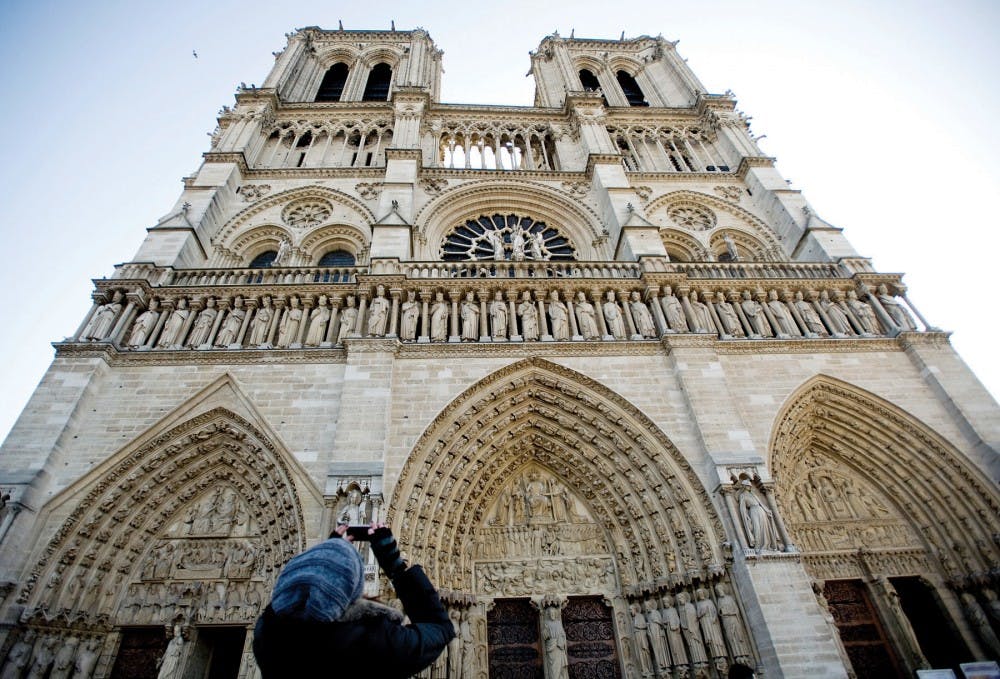I didn’t know my clothes could speak English until I visited Paris. It was my first day in the city, and I had just attempted my first French conversation to ask the grocer if he carried any almond milk.
My pronunciation was fine. My vocabulary, flawless. But still, the grocer gave me a once-over, clearly quite confused.
I immediately double-checked my translation — did I ask for pecan lactose on accident? Walnut dairy? But soon I realized it wasn’t the sound of my words he was fixated on. It was the sound of my outfit — a red-checkered skirt with tennis rackets embroidered on every square.
For comparison, the grocer wore a plain smock and slacks. The woman in line behind me had an unassuming jacket and jeans.
Their clothes seemed to speak the same quiet, guarded French language, but mine barreled out in loud English:
“Hi, I’m American. Don’t you like my skirt? I don’t play tennis one bit but I saw it at a sample sale and thought, ‘Hey that looks fun.’ So do you have any almond milk?”
In a quick glance, anyone could tell you that French and American styles look different. The French love their dark colors and sleek silhouettes. The Americans love their comfort clothes and athleisure looks.
But now take a listen and notice how French and American styles sound different as well. Depending on its relationship with fashion, each country entertains a different kind of conversation surrounding the clothing it wears.
In America, fashion is loud and expressive. We splash bold logos across our chests to hint at the money in our pockets. We put on our “Sunday best” to show we care about special events and dates. Style is a part of America’s shared, public conversation.
Take my almond-milk-buying skirt, for example. When I wore it in New York, strangers asked where I bought it. Friends complimented the pattern. My boss entertained a lively conversation about the nature of wearing that many tennis rackets when I haven’t picked one up since 7th grade.
But because American style can reach that kind of volume, we give it rules. We preach to middle school girls that their spaghetti strips must be three fingertips wide, not two.
We memorize business casual, professional and formal dress codes like bizarre math equations. (If I wear a jacket, I need a tie. And when I stand up, I’ll have to button the jacket. But if I don’t wear a jacket, I have to wear nice slacks.)
In France, that conversation shifts. It quiets. Sure, style is an important part of French culture – it’s just not a public one.
Your “Sunday best” gets kept in the closet, and your wardrobe keeps a low profile. Why strut in your “best” for one day a week when you can wear the best leather jacket Monday through Sunday?
Logos stay inside the garment. No one needs to know how much you paid for a belt just because it’s plastered with a “YSL” or two gold “G’s.” You’re not a billboard for your credit card receipt.
And since your volume is lower, the rules can be too. Nude beach, anyone?
I may never speak that particular kind of French fashion. After all, it’s quite different from my first language. Still, I’m enjoying this new kind of bilingualism – especially since it doesn’t involve a vocabulary list.




